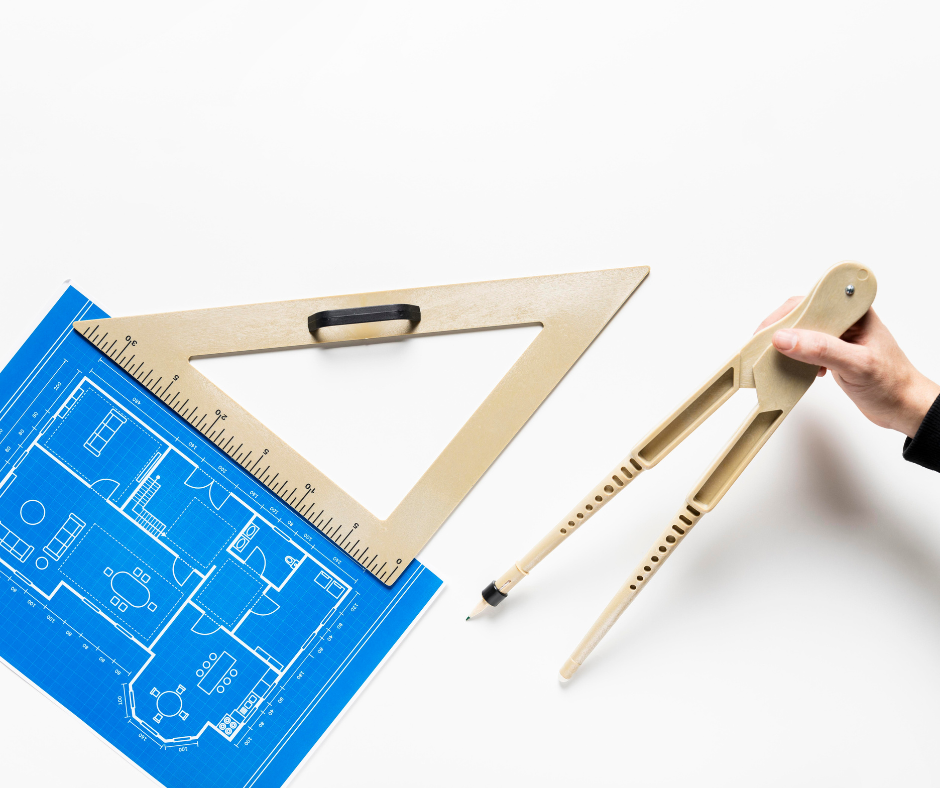
5 Surprising Things 3D Scanning Captures in As-Builts
When most people think of as-built drawings, they imagine simple floor plans with walls, doors, and windows. But today’s 3D scanning for construction projects has evolved far beyond basic layouts.
With LiDAR scan to BIM services, professionals now gain access to rich, multi-dimensional data — unlocking details that were once difficult or impossible to capture through hand measurement or basic tools.
Whether you’re a contractor, architect, or property owner, understanding the depth and precision of modern scans can help you plan more efficiently, avoid costly surprises, and improve long-term outcomes.
In this article, we’ll reveal five things you might not know high-precision as-built plans can capture using 3D scanning technology.
1. Surface Deformation and Irregularities
Buildings settle. Walls bow. Floors tilt. These changes are often invisible until they cause problems — like cracked drywall, misaligned fixtures, or code violations.
LiDAR-based 3D scanning for construction projects picks up minute deviations from flat and plumb surfaces, creating a detailed 3D point cloud that reveals:
- Warped ceilings
- Uneven floors
- Tilted walls
- Bowed structural elements
By catching these early, engineers and contractors can make smarter design and construction decisions.
📍 See how we deliver High Precision As-Built Plans for renovation and structural analysis.
2. MEP Layouts (Mechanical, Electrical, Plumbing)
Traditional field measuring methods often miss or inaccurately document MEP systems, especially if they’re hidden above ceilings or behind walls.
3D scanners, however, record visible conduits, pipes, vents, and ductwork — capturing their:
- Placement
- Diameter and elevation
- Spacing and orientation
This information is essential for clash detection and coordination in modern BIM workflows.
📍 Explore our LiDAR Scan to BIM Service that includes MEP modeling and more.
3. Equipment, Fixtures, and Furnishings
Need to know exactly where built-in furniture, shelving, ceiling-mounted equipment, or industrial fixtures are located? 3D scanning captures:
- Casework
- Millwork
- Built-in appliances
- Ceiling fans, sprinklers, or lighting
- Workstations or cubicle layouts
This is especially useful for commercial spaces, schools, hospitals, and industrial buildings where space planning and retrofitting are crucial.
It also ensures you get the complete picture — not just walls and doors.
4. Vertical Clearances and Ceiling Geometry
With traditional methods, ceiling heights are often approximated, especially in spaces with sloped or vaulted ceilings.
But 3D scanning delivers millimeter-level data on:
- Ceiling elevation and slope
- Bulkhead and soffit dimensions
- Clearance for HVAC or fire sprinklers
- Obstructions for lighting installations or lifts
This is critical in projects involving lighting upgrades, acoustic improvements, or equipment installation.
📍 Learn how we support accurate clearances with our As-Built Drawing Services.
5. Architectural and Structural Details
3D scanning isn’t just for modern buildings — it’s invaluable in preserving and documenting complex architectural features, such as:
- Decorative molding and trim
- Staircases and balustrades
- Archways and columns
- Exposed beams and vaulted ceilings
- Stonework or historic façades
Whether you’re working on a heritage renovation or a detailed fit-out, the ability to digitally preserve these details ensures they’re accounted for in the design phase — and can even be replicated with precision if needed.
Bonus: It’s All Digitally Portable and Shareable
All of the above is captured without disrupting daily operations, and the results can be delivered in:
- 2D CAD drawings
- 3D BIM models (Revit, IFC)
- Web-based point cloud viewers
- Standardized PDF sets
That means architects, contractors, and owners can collaborate from anywhere, reduce rework, and move faster with confidence.
Why This Matters: From Field to File Without the Guesswork
In a fast-paced construction environment, guessing is expensive.
When you rely on hand measuring, it’s easy to overlook the very details that could make or break a project. A missed pipe. A crooked wall. A dropped ceiling bulkhead.
By contrast, LiDAR scan to BIM services offer:
- Greater speed
- Greater accuracy
- More complete data
All delivered in a usable, sharable format that reduces delays and surprises.
✅ Ready to see the difference? Get a fast, free quote here.


